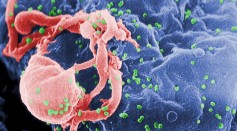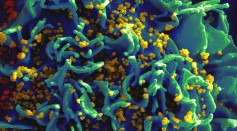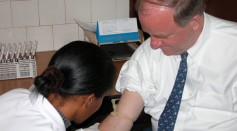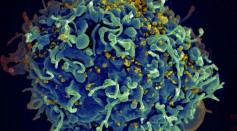HIV
HIV & AIDS Awareness In-Print—Not In A Blood Bag
HIV & AIDS Awareness In-Print—Not In A Blood Bag
New HIV Treatment Could Pave the Way for Vaccine
Could New HIV Strain Cross the Atlantic? Fears of the Spread of Aggressive HIV from Cuba

New HIV Strain in Cuba Has Researchers Rushing to Stop Fast Progression of AIDS

New Study Explains Why HIV Vaccine Backfires

Hearing Loss Caused by HIV and its Treatments

Study Indicates Bipolar, Schizophrenics Are More Likely To Get Tested for HIV

HIV’s Slower Progression To AIDS Caused By Certain Gene-Protein and ARV

World AIDS Day Report Finds Progress in Controlling The Spread Of HIV

Gay and Bisexual Men in the U.S.May Be Allowed to Donate Blood

New HIV Drug Promises to Be Cheaper, With Less Side Effects
Most Popular

AI Revolution in Medical Education: Transforming How Healthcare Professionals Learn

Optimizing Complex Catalog Systems with Graph Theory and Indexing

Out of Office, Not Out of Mind: Planning for Employee Holiday Absences

Nikolay Karpenko Biography, Photo, Career, Accomplishments





